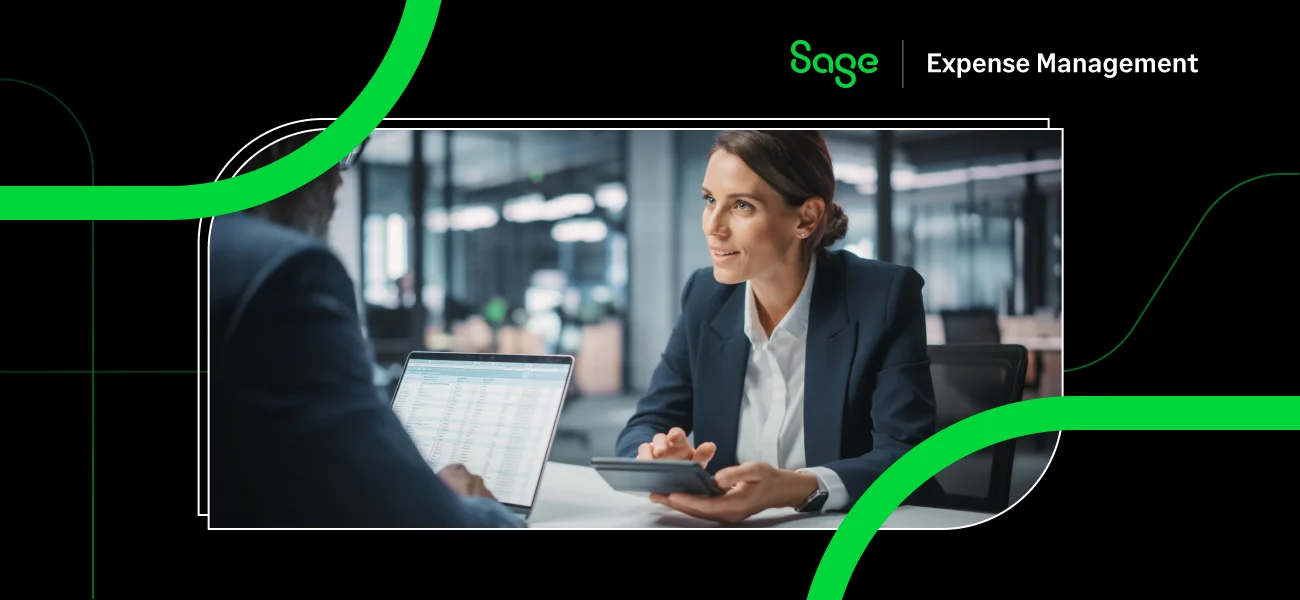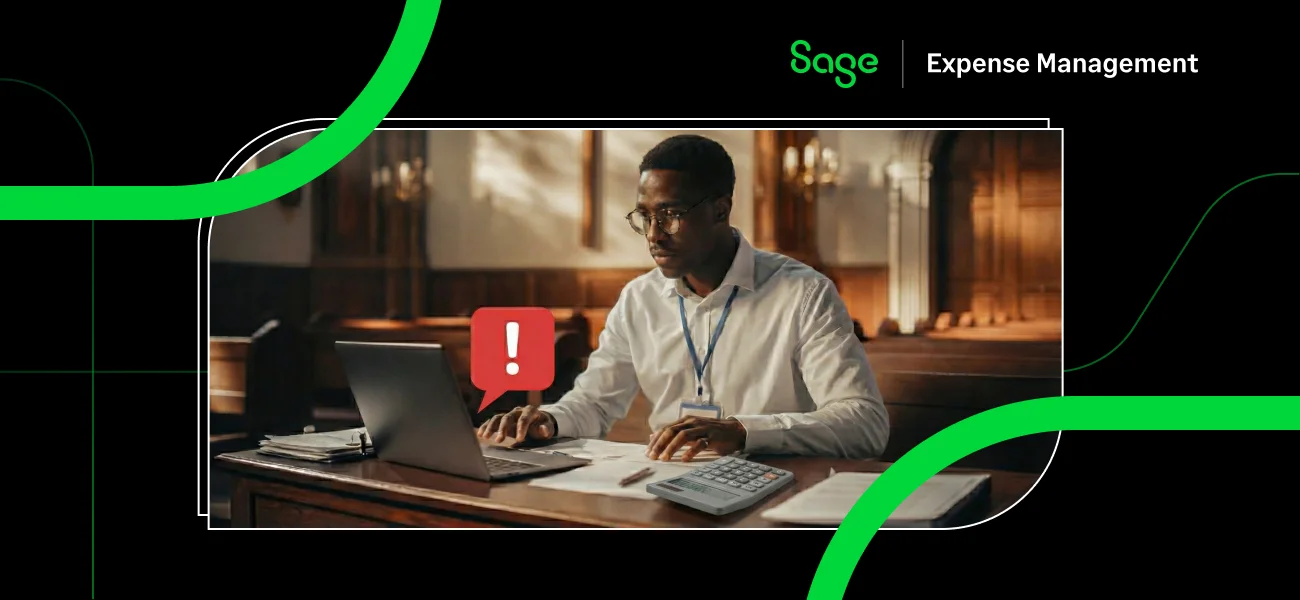What Is a Receipt?

A receipt is a written acknowledgment issued by a seller upon purchasing goods or services. It serves as documented proof for a financial transaction, verifying that payment has been received in exchange for the specified items or services rendered.
Receipts are crucial for both consumers and businesses. For consumers, they provide proof of purchase in case of a return or warranty claim. Additionally, receipts can help with budgeting and expense tracking. Businesses use receipts for record-keeping purposes, tracking sales, and verifying income for tax purposes.
The Origins Of Receipts
The use of receipts has a surprisingly long history. Clay tokens dating back to Mesopotamia (around 3000 BC) are considered some of the earliest examples.

In the top row from right to left, the tokens represented: one length of textile, one jar of oil, uncertain, and one measure of wheat.
Bottom row from left to right: one sheep, one length of rope, one ingot of metal, one garment.
These tokens functioned as a primitive form of receipts, representing the exchanged goods. As civilizations developed, so did receipt formats. Ancient Egyptians used papyrus scrolls to record transactions, while Romans employed waxed tablets for the same purpose.
The invention of paper in China around the 2nd century AD revolutionized receipts, making them lighter, more portable, and easier to produce.
With the rise of modern business practices, standardized receipt formats emerged, typically including details like the seller’s information, purchased items, and transaction amount.
The Contents of a Receipt
While the specific details may vary, most receipts contain the following essential information:
- Date and time: This indicates when the transaction occurred.
- Items or services purchased: A description of the items bought or the service rendered.
- Amount paid: The total cost of the transaction, including any taxes or fees.
- Payment method: How the purchase was paid for (cash, credit card, etc.)
- Seller information: The name and contact details of the business that issued the receipt.
An Example of a Receipt
Given below is an example of how a sales receipt should be.

Why Should You Issue Receipts
Issuing receipts isn’t just about providing a courtesy to your customers; it’s a fundamental aspect of good business practice. Here’s a breakdown of the key benefits:
- Stronger financial records & Smoother tax filing: Receipts provide a documented record of every sale for accurate accounting, income tracking, and simplified tax filing with verifiable proof of income and expenses.
- Enhances dispute resolution and Efficient return management: Receipts act as a neutral third party in disputes, clarifying purchase details and empowering customers with clear return policies, streamlining the return process.
- Inventory management & Customer insights: Receipts can help track inventory levels by item and identify popular purchases, informing future ordering decisions and promotions.
- Fraud prevention: Receipts create a paper trail that deters fraudulent transactions and assists in identifying suspicious activity.
- A free marketing opportunity: Well-designed receipts with your logo, contact information, and even a promotional offer turn them into mini-marketing tools, keeping your brand top-of-mind with customers.
The Different Kinds of Receipts

Receipts come in various forms, catering to various transaction types:
- Retail receipts: These are the classic paper receipts you receive at stores, often containing a printed list of purchased items. They can also be digital, delivered via email, or displayed on a screen for customer acknowledgment.
- Service receipts: Received for services rendered, like haircuts, car washes, or medical appointments. They typically detail the service provided and any associated fees.
- Business-to-business receipts: Issues between companies for transactions like wholesale purchases or office supplies. These receipts often contain more detailed information relevant to business accounting.
- Electronic receipts: Emailed or sent via text message, these are becoming increasingly common. They offer convenience and ease of storage for both businesses and consumers.
IRS Requirements for Receipts
Understanding the IRS receipt requirements is crucial, especially for business owners and individuals claiming tax deductions. Let’s take a look at some of the most commonly asked questions:
Do I Need to Keep Receipts for Taxes?
The IRS generally recommends keeping receipts for any deductible expenses. While they don’t always request them during audits, having receipts strengthens your filing position.
Also Read:
Which Receipts Are Important for the IRS?
Here's a breakdown of the three main categories you should track:
Income (Gross Receipts)
This is all the money your business brings in from selling products or services. Save documents like cash register receipts, deposit slips, invoices, and anything else that shows how much money you received and where it came from.
Cost of Goods Sold (Purchases)
This includes the cost of everything you buy and resell to customers or the raw materials you use to make your own products. Keep records like invoices, receipts, and canceled checks that show who you bought from, how much you paid, and what you bought.
Business Expenses
These are the costs you incur to run your business, like rent, utilities, office supplies, or travel. Similar to purchases, you'll need documents like receipts, invoices, and bank statements that show who you paid, how much you paid, what you paid for, and when you paid it.
Source: IRS: What Records Should I Keep?
Remember: Sometimes, you might need a combination of documents to prove a single expense. For specific details on travel, entertainment, or gift expenses, consult the IRS's Publication 463.
Also Read:
How Long Should I Keep Receipts?
The general recommendation is to keep receipts for at least three years from the date you filed your tax return. However, it's advisable to hold onto them for longer, especially for larger purchases or assets you may eventually sell.
Invoice vs Receipts
While receipts and invoices are often used interchangeably, there’s a key distinction.
A receipt confirms that a payment has been made for goods or services received. An invoice, on the other hand, is a bill issued by a seller requesting payment for goods or services delivered but not paid for.
Essentially, a receipt looks back at a completed transaction, while an invoice looks forward to a pending payment.
What Is A Sales Receipt?
A sales receipt is a written document you receive from a seller after you purchase goods or services. It acts as documented proof of a financial transaction, verifying that you've paid for the items you received or the service that was rendered.
Think of it as a handshake between you and the seller.
Also Read:
Manage Business Receipts with Sage Expense Management (Formerly Fyle)
We know that juggling mountains of paper receipts can be a nightmare for any business. But what if we told you there was a better way to track and manage them?
With our conversational AI, you can now streamline the entire receipt management process via text messages!

The platform even prompts you for missing information via text message, ensuring your expense reports are complete and ready for approval.
What this means for you:
- Effortless Capture: Simply forward your email receipts or snap a picture with your phone. Our AI automatically extracts key details like date, vendor, amount, and category.
- Smart Categorization: No more manual sorting! Our AI automatically categorizes your expenses, saving you time and ensuring accuracy.
- Seamless Integration: We integrate seamlessly with popular accounting software, eliminating the need for manual data entry and streamlining expense reporting.
Ditch the paper piles, AI is taking over the future of receipt management. Sign up for a demo today and see what Sage Expense Management can do for your business!




















